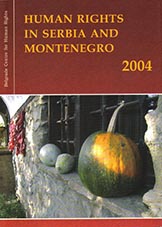
Egy kudarc okai. Kanizsa 1601. évi ostroma
After a 45-day siege, Georg von Paradeiser was forced to surrender Kanizsa to the assaulting Ottoman army on 22 October, 1600. After the fall of the castle, preparations for setting up a new defensive line to protect the remaining territories in Southern Transdanubia, Styria and Lower Austria started in Vienna and Graz as early as October. Playing a key role in defending both the Holy Roman Empire and Italy, the protective structures around Kanizsa had been planned and constructed before the Fifteen Years War according to clearly defined military conceptions, taking into consideration the terrain, hydrography and road infrastructure of the surrounding area. On the other hand, after the fall of the castle, negotiations started between Vienna and Graz about planning, as a major military action for the following year, the recapture of the strategically important fortress. However, during the negotiations held in Vienna in December 1600, it became clear that the army of the governor of Inner Austria (Styria, Carinthia and Carniola), Archduke Ferdinand could only count on military support from the Pope, Tuscany, Mantua and Spain for this campaign. After a siege lasting 68 days, the attempt to recapture the castle ended in failure on 16 November, 1601. Instead of describing the stages of the siege, the author intends to present all those circumstances in his paper which decisively influenced the progress of the campaign and mainly contributed to its failure. These include the lack of proper preparations for the campaign, the ignorance of the military leadership and the weather conditions.
More...

